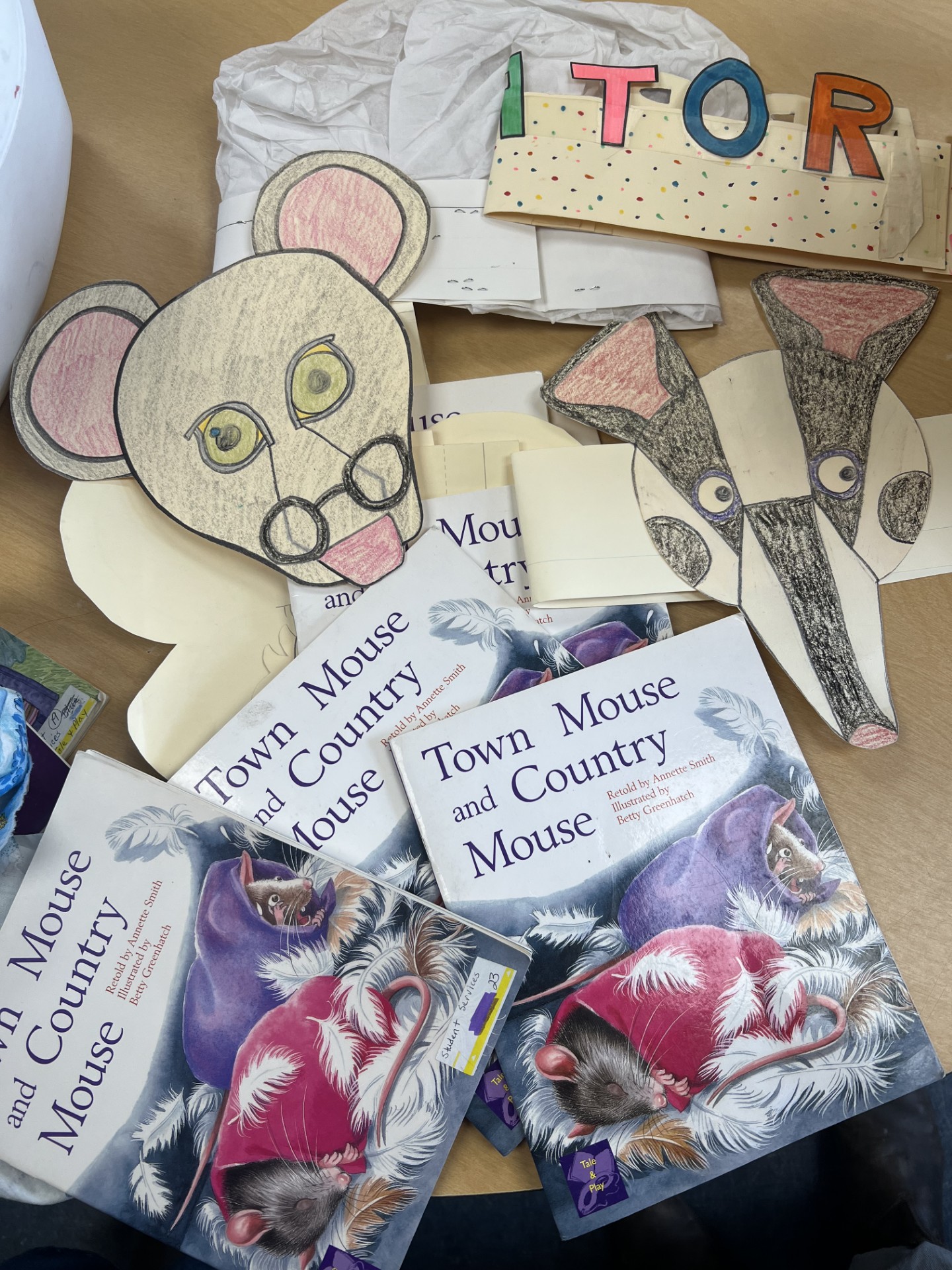The past two Tuesday’s my cohort and I have been in a grade 3 class obersving, and partially working with students. During our second visit, students were encouraged to greet their teacher with “Good Morning” in Ktunaxa. Most students enthusiastically responded in Ktunaxa, while a few opted for French or English. This engaging start to the day allowed students to experiment with language in a fun and meaningful way, an important Big Idea in the Grade 3 ELA BC Curriculum.
Additionally, this practice aligns with the British Columbia Teacher Council (BCTC) professional standards by fostering an appreciation for linguistic and cultural diversity in the classroom. It was encouraging to see students being exposed to multiple languages throughout our visits, the previous Tuesday morning the students were asked to say “Good morning” in chinese. As a teacher candidate, I observed how seamlessly this simple activity incorporated cultural awareness into the learning environment, recognizing how this can be adapted for all grade levels.
kiʔsuʔk wiǂnam- Good morning in Ktunaxa
The morning greeting was followed by an activity linked to the Grade 3 Math BC Curriculum. The class have been recording the number of days they were in school, today marked the 114th day. Since it was the 114th day the students were tasked with creating $1.14 using “coins”, they each had a whiteboard to figure out one of the various ways to create $1.14. The teacher gave them a couple minutes to finish then she asked who has the answer, and to explain their reasoning, and the names of the coins they used. This activity links to the Big Idea, developing computational fluency, and the Curricular Content, developing financial literacy from the Grade 3 BC Math Curriculum.

Image:Bella
Next I had the opportunity to work with a group of five grade 3 students and collaborate with colleagues on Reader’s Theatre activity based on The Town and Country Mouse. This experience was a valuable learning opportunity that helped me grow as an educator in several ways, from classroom management and student engagement to differentiation and teamwork.
One of my biggest takeaways from this experience was recognizing the power of Reader’s Theatre in fostering fluency, comprehension, and confidence in young readers. I observed how excited the students were to take on their roles, and their enthusiasm for reading aloud increased as they became more comfortable with their lines. I also saw how performing the story helped them deepen their understanding of its themes, particularly town and country life.
However, there were also challenges. Some students were hesitant to read aloud at first, feeling nervous about making mistakes in front of their peers. To support them, I Iearnt the importance of encouragement and scaffolding, giving students smaller sections to read, practicing tricky words together, and emphasizing that mistakes are a natural part of learning. I also noticed that keeping all five students engaged at the same time required reminders, and subtle signals. As some of the students who were not actively reading would get off task. This taught me the value of incorporating movement and discussion between readings to keep everyone involved.
Another key lesson was the importance of teamwork with colleagues. By collaborating, we were able to share ideas, divide responsibilities, and support each other in guiding the students. It reinforced for me that teaching is not an isolated practice, but a profession built on communication, shared strategies, and continuous learning. While we were having a discussion between readings one of my colleagues asked the students “What do you think you could improve upon for next reading?” it was a simple question, but I realized how important it was. I could see the students’ facial expressions change as they self-reflected, and then they each shared something.
Readers Theatre-Connections to BC English Language Arts
Big Idea: Language and story can be a source of creativity and joy.
Curricular Competencies: Read fluently at grade level, Engage actively as listeners, viewers, and readers, as appropriate, to develop understanding of self, identity, and community, develop and apply expanding word knowledge, metacognitive strategies
Curricular Content: Oral reading strategies, features of oral language
First Peoples Principals of Learning: Learning involves patience and time, Learning requires exploration of one‘s identity.

